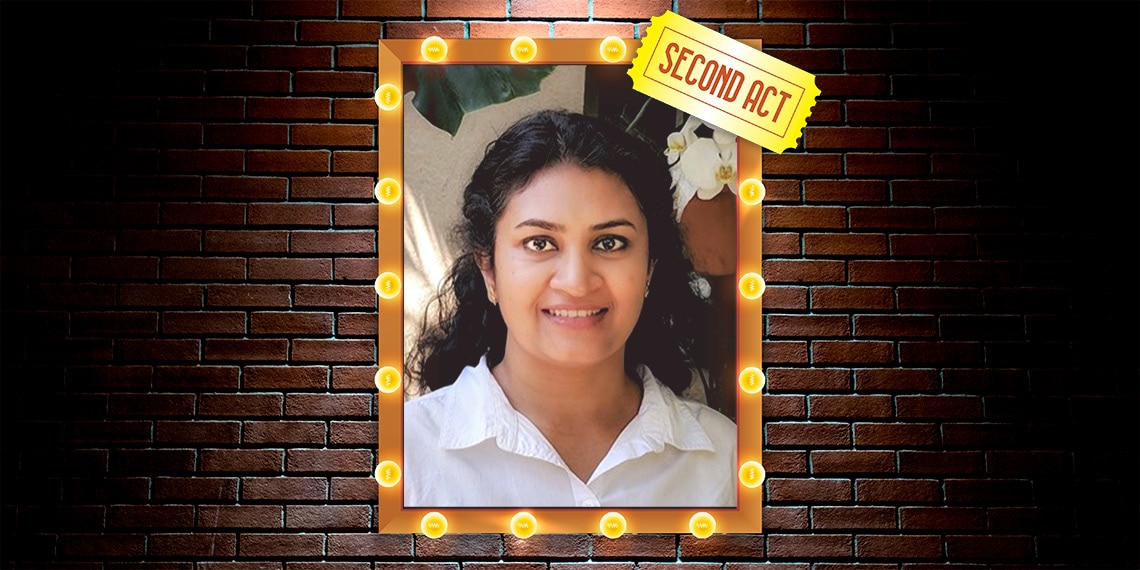
As a young girl growing up in New Delhi, Ruksana Ahzu Valappil saw firsthand how a patriarchal culture could make it difficult for women and girls to fully advance and succeed. “The message too often was ‘you can’t do that because you’re a girl’,” she says.
Determined to chart her own path, she earned an engineering degree in India before coming to the United States in 1996. She went on to earn a Ph.D. in biomedical engineering from Rutgers University in 2006. From there, she headed west.
With a strong interest in neurological diseases, Ahzu Valappil spent six years as a research scientist at the Parkinson’s Institute and Clinical Center in Sunnyvale, Calif. The work was rewarding, but the desire to help empower women in underserved areas never went away.
And as a data expert, she couldn’t stop thinking about the “mind-numbing statistics” on women’s poverty and troubles worldwide. “Of the poor, six out of 10 are women,” she says. “I knew I wanted to make a dent in that number by doing something to improve the situation.” She also felt compelled to be a strong role model for her two young daughters.
An Idea Takes Shape
Azhu Valappil had always been inspired by the beauty, skill and quality of India’s traditional weaving cooperatives—a craft handed down through generations of women using wooden handlooms and exacting standards. But she was troubled by the fact that these artisans’ livelihoods were at risk.
“I interviewed quite a few of the women in these cooperatives,” she says. “I found many were under siege in this era of cheap, machine-manufactured fabrics produced by poorly paid workers.” She wondered if there was a way to create a modern fair-trade partnership to sustain an age-old tradition.
In 2013, she launched NEEV (meaning “foundation” in Hindi), a social enterprise and e-commerce website. Her goal? Partner with women-owned artisan co-ops in India to make and sell high-end textiles, support fair trade and provide livable wages. As cooperatives, these partners already follow their own self-governing policies, labor-policy requirements of the Indian government and their state’s handloom industry labor laws. In this way, the partnership ensures steady jobs and promotes financial independence.
In addition, her venture was set up to support various social or environmental goals. As such, a portion of her company’s sales or half of profits—whichever is higher—is earmarked for charities that support the advancement of women and girls. As a mission driven company, NEEV is also a certified B Corp and has been among their Best for the World honorees since 2017.
Financing the Venture
A committed and steady saver, Azhu Valappil had built up a significant amount of personal savings over roughly three years. While she wasn’t saving with a future social enterprise in mind, that reserve certainly helped kickstart her second act.
She also made sure she ran a “very lean” operation from the outset, starting small and expanding slowly as she built relationships, sourced materials and tested the market.
The Mission Expands
By targeting consumers who value handmade, eco-friendly luxury goods, her young enterprise is gaining a following. Fashion scarves and bags got rave reviews at lifestyle fairs and green events from the start. And a popular home design platform even added her online marketplace of table linens and drapes to their site.
Going forward, NEEV is continuing its expansion into the wholesale and private label arena. She is also actively involved in working together with fellow B Corp women CEOs to lead the evolution of conscious business.
As gratifying as her mission has been so far, Azhu Valappil, now 46, is learning as she goes. “I would have planned a bit more in advance,” she admits, “because it always takes more time to achieve what you want to.”
Susan J. Wells is a freelance business journalist who writes regularly for Kiplinger’s custom content team. Her work has also appeared in The New York Times, The Wall Street Journal, The Washington Post, American City Business Journals, HR Magazine and many other digital, print and brand media.
Are you determined to do more? Learn how to save for a mid-life career switch.
For more of our Second Act series, read From Professor to Travel Guide.

